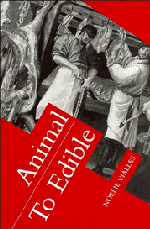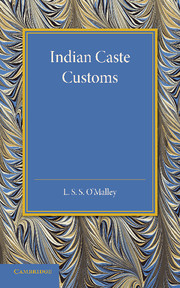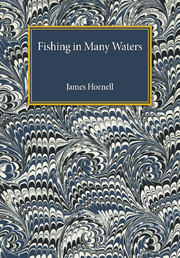Animal to Edible
Why do we find it necessary to slaughter living animals in order to enjoy their flesh? And why does this act offend our sensibilities, without necessarily making us into vegetarians? We no longer tolerate sacrifices, public butchering during festivals, butchers operating openly in the middle of our cities. Today, animals are killed in invisible abattoirs, set a good distance from our normal activities. This recent separation between the slaughter-house and the butcher's establishment is somehow essential to the modern meat diet. In her study of abattoirs in south-west France, Noélie Vialles brings to light a complex system of avoidances. Her analysis reveals that beyond the specific denial of the work of the abattoirs lies a whole system of symbolic representations of blood, human beings and animals, a symbolic code that determines the way in which we prepare domestic animals for the table.
- To be published simultaneously with another book on French culture so they will stimulate interest in one another
- Should interest students of French civilization and culture - one of the few books providing insights in the Gallic way of life
- Very fine illustrations providing succinct summary of contents
Reviews & endorsements
"...a truly fascinating piece of history and ethnography....This book is not for the faint of heart, but it is an excellent work on a subject which has much more to it than meets the eye." Richard Lobban, Anthrozoös
Product details
June 1994Paperback
9780521466721
160 pages
229 × 153 × 17 mm
0.251kg
45 b/w illus. 4 maps 4 tables
Available
Table of Contents
- Preface
- Introduction
- 1. A place that is no-place
- 2. Flaying the animal: the disjunctions involved
- 3. Flaying the animal: the patient metamorphosis
- 4. The shedding of blood
- 5. Men and animals
- Conclusion.










